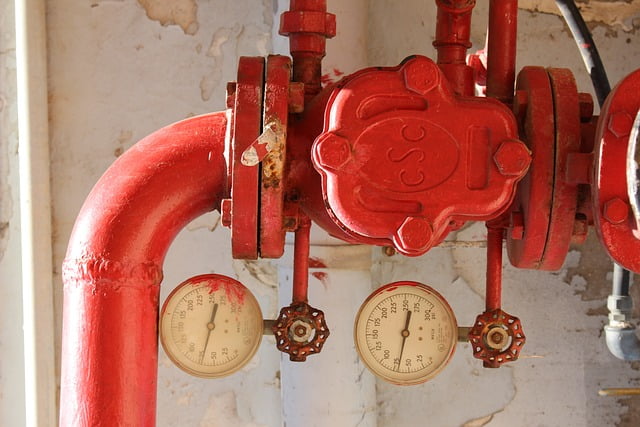Pressure sensors, often referred to as pressure transducers or pressure transmitters, have become an integral component of modern technology and industrial applications. These small yet powerful devices have revolutionized how we measure, monitor, and control pressure levels in various systems.
From industrial processes to consumer electronics, pressure sensors play a crucial role in ensuring safety, efficiency, and accuracy. In this article, we will explore the evolution, working principles, applications, and the impact of pressure sensors on our daily lives.

Table of Contents
The Evolution of Pressure Sensors
The history of pressure sensing can be traced back to the early 17th century when Italian scientist Evangelista Torricelli invented the mercury barometer, which measured atmospheric pressure. Over the centuries, advancements in materials, electronics, and microfabrication techniques led to the development of more sophisticated and versatile pressure sensors.
The first solid-state pressure sensors emerged in the 1960s, using strain gauges to detect pressure-induced deformations in a diaphragm. The integration of microelectromechanical systems (MEMS) technology in the late 20th century further accelerated the miniaturization and mass production of pressure sensors, making them widely accessible and affordable for various applications.
How Pressure Sensors Work
Pressure sensors operate on different principles, depending on the specific technology used. Some of the common types of pressure sensors include:
Strain Gauge Pressure Sensors: These sensors utilize the piezoresistive effect, where the electrical resistance of a material changes in response to mechanical stress. Strain gauges are bonded to a diaphragm that flexes under pressure, causing a change in resistance that is then converted into an electrical signal.
Capacitive Pressure Sensors: These sensors rely on changes in capacitance when pressure causes a diaphragm to move, altering the distance between capacitor plates. The capacitance change is converted into an electrical signal, providing pressure measurements.
Piezoelectric Pressure Sensors: Here, pressure induces a mechanical deformation in the sensor’s crystal structure, generating an electric charge proportional to the applied pressure.
Resonant Frequency Pressure Sensors: These sensors measure pressure by monitoring the change in resonant frequency of a vibrating element due to pressure-induced stress.
Applications of Pressure Sensors
Pressure sensors find applications in a diverse range of industries, playing a pivotal role in enhancing safety, efficiency, and performance. Some key applications include:
Industrial Automation: Pressure sensors are essential in industrial processes, such as manufacturing, oil and gas, chemical, and pharmaceutical industries, where they monitor pressure in pipelines, tanks, and machinery, ensuring optimal functioning and preventing equipment failure.
Automotive Industry: In vehicles, pressure sensors are used to monitor tire pressure, engine performance, and airbag deployment, contributing to overall vehicle safety and fuel efficiency.
Medical Devices: Pressure sensors are critical components in medical equipment like ventilators, blood pressure monitors, and anesthesia machines, enabling accurate readings and precise control of pressure levels.
Consumer Electronics: Many modern smartphones feature pressure sensors to measure barometric pressure, providing weather information and aiding in altitude calculations for navigation and fitness applications.
Aerospace and Aviation: Pressure sensors are employed in aircraft to monitor cabin pressure, fuel systems, and engine performance, ensuring the safety and comfort of passengers and crew.
The Impact of Pressure Sensors on Society
The integration of pressure sensors into various applications has had a profound impact on society. Their ability to provide real-time data and feedback has improved efficiency, reduced costs, and enhanced safety across multiple industries. Pressure sensors have paved the way for smart technologies, enabling the Internet of Things (IoT) and Industry 4.0 revolution.
In the healthcare sector, pressure sensors have contributed to advancements in medical diagnosis and treatment, leading to better patient outcomes. In manufacturing, these sensors have improved quality control, increased productivity, and reduced waste.
Additionally, in the automotive industry, pressure sensors have played a significant role in reducing accidents and improving vehicle performance.
Conclusion
Pressure sensors have come a long way since their inception, evolving into indispensable components across various industries and applications. From humble barometers to advanced MEMS-based sensors, their accuracy, reliability, and versatility have driven innovation and progress.
As technology continues to advance, pressure sensors will undoubtedly play a key role in shaping a smarter, safer, and more connected world.





